*This article has been updated since it was originally published in 2018*
Personas often evoke a mix of enthusiasm and scepticism in the UX world – and for good reason! They can easily become a checklist item that no-one puts to proper use. This article explores common pitfalls in persona creation and use, while offering practical tips to make them more effective.
Pitfall #1: Misaligned expectations
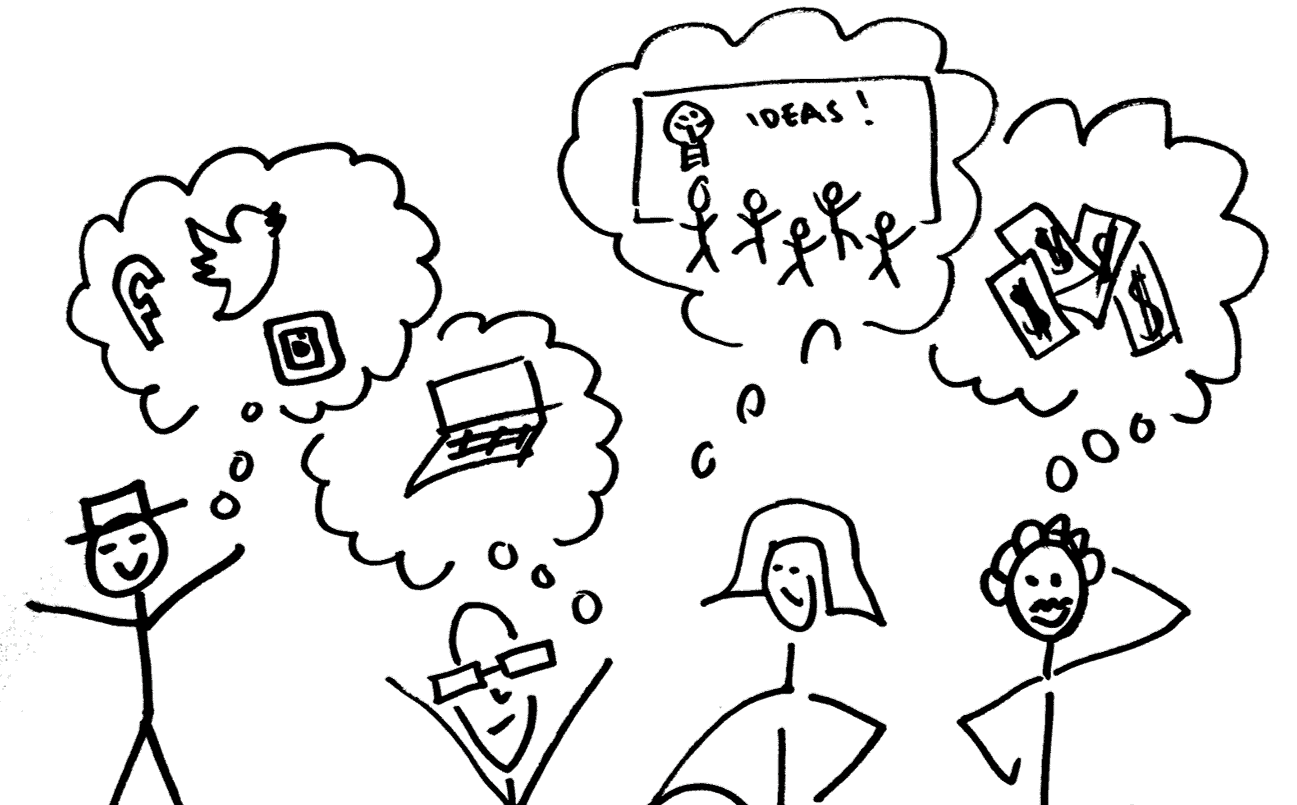
You might have talked about creating personas in your project team or in your organisation – but in the persona craze, you don’t realise that each of you have different expectations about what they should include and how they should be used. The Marketing team sees personas as campaign tools, designers use them to ideate features, and content creators want insights into their audience.
Tip #1: Align your goals and definitions early
Before creating personas, ensure you agree on what type of persona you will create, the research methods you will use and their purpose. For guidance on different persona types, check out Kat Hardisty's UX New Zealand presentation.
Pitfall #2: Expecting personas to do everything
It would be great if personas were magical unicorns. If only they could answer all the research questions about your users. The sad fact is… they can’t. They are great for giving a snapshot of your users and their overall attitudes, motivations and challenges but they can’t give insights into tracking experiences over time, behaviour changes or practical use of a product or service.
Tip #2: Supplement personas with other research tools
Other common UX artefacts might better highlight a certain perspective of the user experience. Combine personas with tools like:
- Empathy maps: What does your persona say, think, feel and do in regards to your product/service?
- Customer journey maps: How does your persona experience a product/service over time?
- Forces diagrams: What drives your persona to buy/switch to a new product?
- Scenarios and storyboarding: How will your persona likely use your product /service?
- User stories: What features does your persona need?
Pitfall #3: Not knowing how to use them
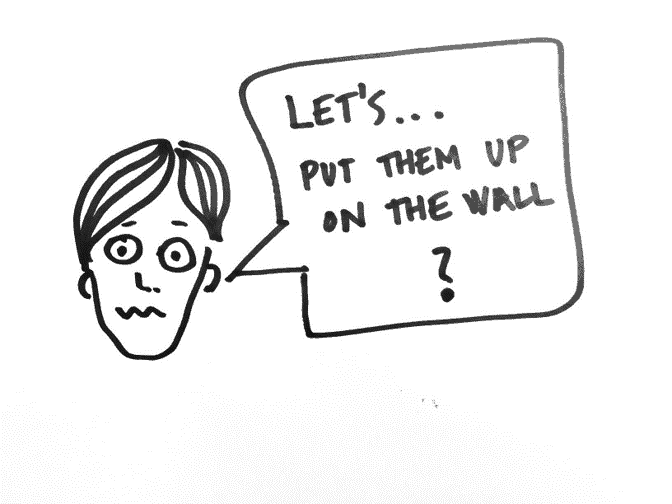
We’ve all been there: having picture perfect personas that took a huge amount of time to produce but no specific plan of putting them to use. Life-sized cardboard figures and posters on the wall won’t inherently make your products or services more user-centred.
Tip #3: Put your personas to work
Plan how you will be using personas for, before you even build them. The more specific and relevant to the project, the better the results!
Use personas in:
- Workshops or co-design sessions with stakeholders: Quickly share insights about your users and help stakeholders understand user goals.
- Research planning: Define who your customers are for further research.
- Usability testing and cognitive walkthroughs: Develop realistic scenarios and tasks to evaluate your product or site.
- User stories: Identify which users would benefit from specific features or content.
Pitfall #4: Skipping the research
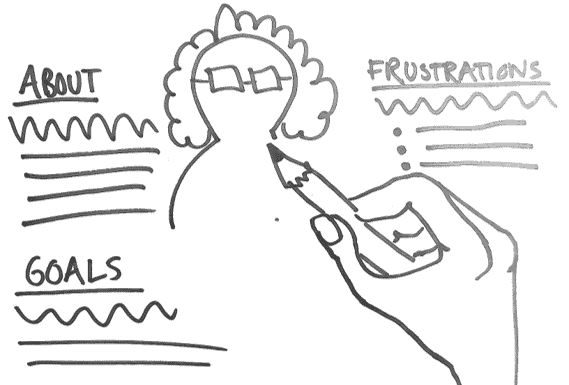
Personas should be grounded in real data, not hypothetical guesses. Don’t be tempted by the many ready-made, well-designed, pretty persona templates with fixed headings and rigid categories - they rarely reflect your users’ unique needs.
Tip #4: Focus on meaningful customer insights
Start with thorough research and consider which customer insights you need for your specific project. Tailor your approach to uncover insights relevant to your project, e.g. if you’re designing a transport app, the commuter’s daily routine would be worth looking into. Build your interview guide based on these, thereby making sure you cover these aspects in your conversations with users.
Instead of using a rigid template, use flexible templates with building blocks. Below is our master persona template guide that we have created with possible elements or building blocks you might want to use. Include only the relevant building blocks for your projects, or create your own.

Pitfall #5: Conducting the wrong research
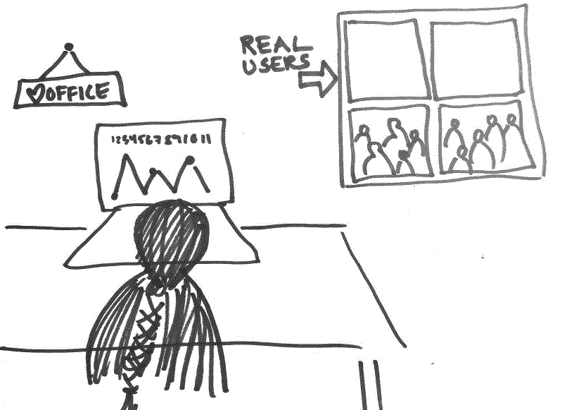
Creating personas is a learning process, where you try to get under the skin of your users and learn about their attitudes, reasoning, motivations and excitement. You won’t get the deep insights you need from a survey.
Tip #5: Prioritise qualitative research methods
Contextual interviews and ethnographic observations will provide much deeper insights than surveys or focus groups, especially in relation to motivation and behaviours. Don’t be afraid to step away from the numbers on the screen and talk to real users.
Pitfall #6: Struggling to create meaningful personas
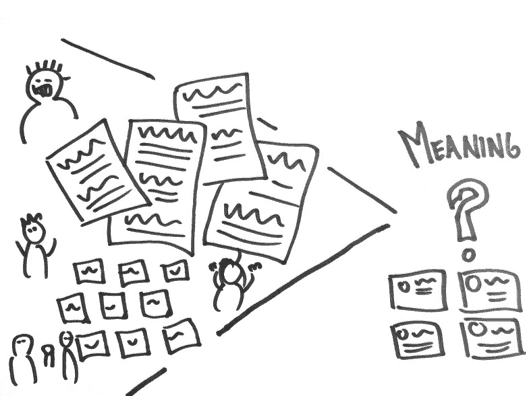
It can be overwhelming when you have lots of qualitative research data and it can be tempting to focus on surface level details such as demographics, pictures and formatting but these won’t foster empathy or understanding for your customers.
Tip #6: Develop a solid analysis plan
Start bottom up: Pull out findings from each interview/observation related to the elements you have decided to uncover. It can be as simple as a table in a spreadsheet, with themes in columns and participants in the rows. Identify patterns - if you see 2-3 differences (e.g., in attitudes, behaviours, needs) then start making 3 personas based on these insights. Don’t base personas on role, age or demographics!
Work top down: Recall your research experiences – do the personas reflect what you learned in the field? Bring your personas to life with storytelling and user quotes.
Pitfall #7: Excluding stakeholders
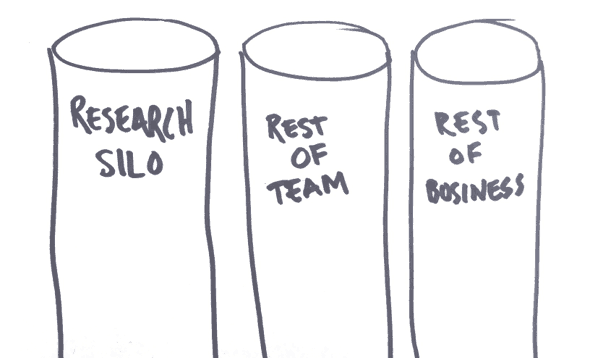
Personas that aren’t collaboratively developed often end up ignored. If the organisation you’re creating the personas for, or the project team, is not involved in this learning process, they will not be able to leverage or understand the customer insights.
Tip #7: Involve stakeholders from the start
This can be anything from project team members listening in on an interview, communicating insights to stakeholders as they arise or even better, involving them in the research and analysis. The more you let the organisation be part of and give feedback during the process, the better the chance that the personas will be actively used to improve business outcomes. This process will also help stakeholders build empathy with your users so they can understand their point of view.
Pitfall #8: Taking personas too literally

Personas, like parables and fables, are figurative artefacts, stories about a type of user. Whilst meant to be representative of the users you have researched, they are not meant to be taken as gospel. Doing so can lead to inaccurate assumptions about your users.
Tip #8: Focus on the big picture but ensure you are inclusive
Encourage your team to see personas as illustrative tools. Pay attention to the broader theme that they are conveying (such as user goals or challenges) rather than their specific demographic (such as being 27 years old and from Japan). Make sure the whole team understands that they need to see the bigger picture.
Ensure you don’t just write personas for your most stereotypical and representative user from each of your key user groups. Your personas should also reflect your hopefully inclusive research. Consider creating personas for your diverse audiences to make sure their needs are also considered.
Final thoughts
Personas can be a powerful tool - if used wisely. By avoiding these common mistakes and following these tips, you’ll create personas that truly support user-centred design and drive better outcomes.
To learn more about user research and how to craft personas consider attending one of our UX Design training courses.